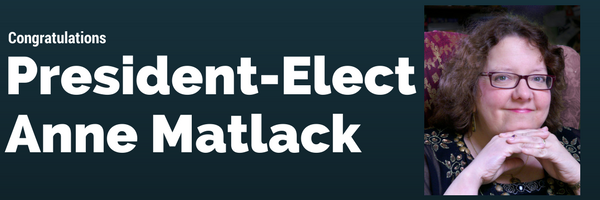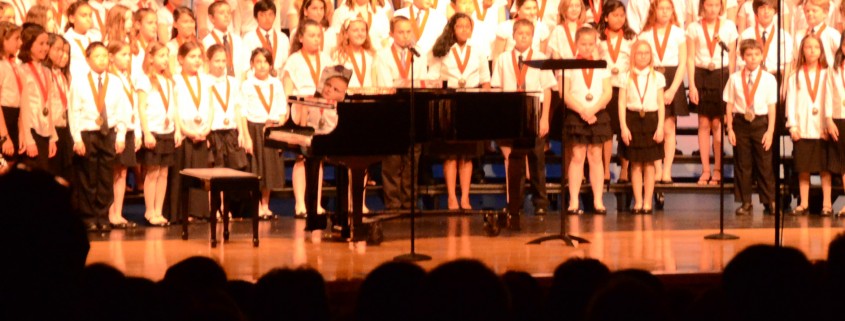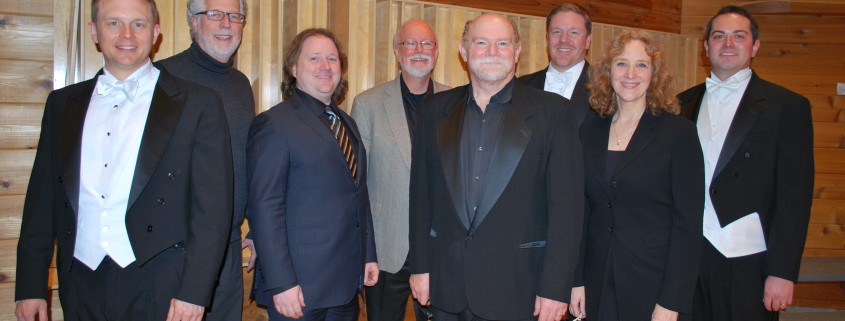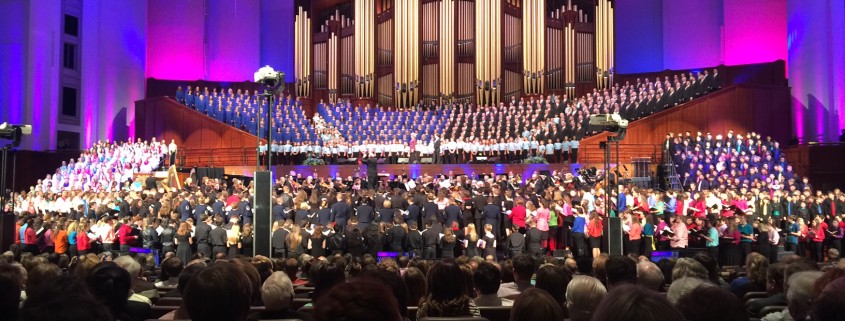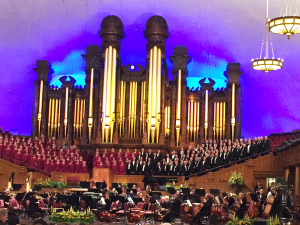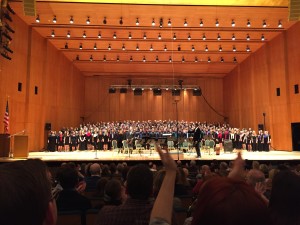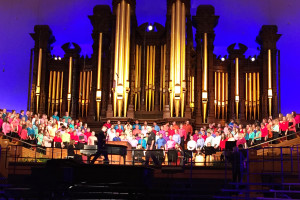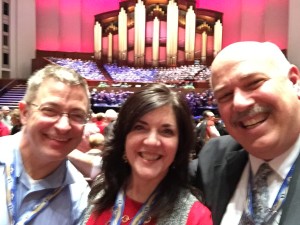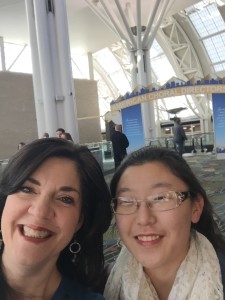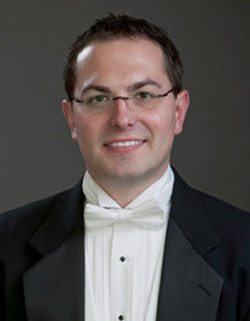Congratulations to Anne Matlack, NJACDA President-Elect!
The NJ-ACDA Election Committee is pleased to announce the results of our election for the position of President-Elect. Anne Matlack is our new President-Elect of NJ-ACDA. Her term begins on July 1, 2017. Thanks to both Anne and Jason Bishop who graciously accepted the nominations. How fortunate we were to have two exceptionally qualified candidates. We look forward to what Anne will bring to NJ-ACDA in this new leadership role.
Respectfully submitted,
Deborah Mello, Amy Troxel, Jack Hill and Christopher Thomas
Since my first inspiring ACDA conventions as a young conductor, hearing the greats of our profession speak, and hearing the finest choirs of all sorts inspire me, this organization has fed me, and I am ready to give back to the best of my ability. My whole professional life has been about striving for choral excellence while making community, and community is more important than ever. Choral musicians wear many hats and usually work with more than one ensemble and age group. In NJ ACDA I have participated as an R &S chair for Community Choirs, as a conductor and sponsoring conductor for the Elementary and Junior High Honor Choir, as a judge for the High School Festival, a workshop leader for the Summer Conference, and admin for the facebook page. I juggle full time conducting duties that range from preschoolers to professional singers. I am excited to keep up the good connections, examples and resources on the NJ local level that NJACDA provides to its membership, and to reach out to even more members to bring them together and serve their needs in these challenging times for the arts. -Dr. Anne Matlack
Anne Matlack (BA Music cum laude, Yale University; MM, DMA Choral Conducting, University of Cincinnati College-Conservatory of Music) has been Artistic Director of Harmonium Choral Society since 1987. During her tenure as Artistic Director, the 100-voice choral society has been recognized for its musical excellence and innovative programming, and commissioning of new music. In addition to her work with Harmonium, Dr. Matlack is celebrating her 26th year as Organist/Choirmaster at Grace Episcopal Church in Madison. There she directs a full program of children and adult choirs and a concert series, Grace Community Music. Her excellent all-volunteer adult chorus performs Evensongs and large choral works every year and her children’s choir training program follows Royal School of Church Music standards and has 60 children ages 7-18 singing every week in three different levels. Grace Church and Harmonium singers joined to serve as Choir-in Residence at Winchester Cathedral in the summer of 2015. Dr. Matlack serves on the New Jersey Board of the American Choral Directors Association as Repertoire and Resources Chair for Community Choirs. She served as Eastern Division Community Choirs Chair for 6 years. Active as an adjudicator and clinician, Anne has taught at Kean University and Lafayette College, and conducted the Yale University Freshman Chorus. Her conducting teachers have included Fenno Heath, Elmer Thomas, and Earl Rivers, and workshops with Robert Shaw and Eric Ericson. She has sung in the Robert Shaw Festival Chorus at Carnegie Hall, and with the Yale Alumni Chorus at the Kremlin in Moscow. She is the 2003 recipient of the Arts Council of the Morris Area’s Outstanding Professional in the Arts Award. She is also member of American Guild of Organists, Association of Anglican Musicians, Chorus America, and New Jersey Choral Consortium. Dr. Matlack is married to Jabez Van Cleef, a writer who has participated in several commissions with her, and they live in Madison with their cat, Peter Tchaikovsky. Daughter Grace, is a freshman at Rowan University. Anne’s older daughter Virginia is in her 20s, a graduate of St. Olaf and its famed choir; now a music therapist and singer-songwriter in Philadelphia.

